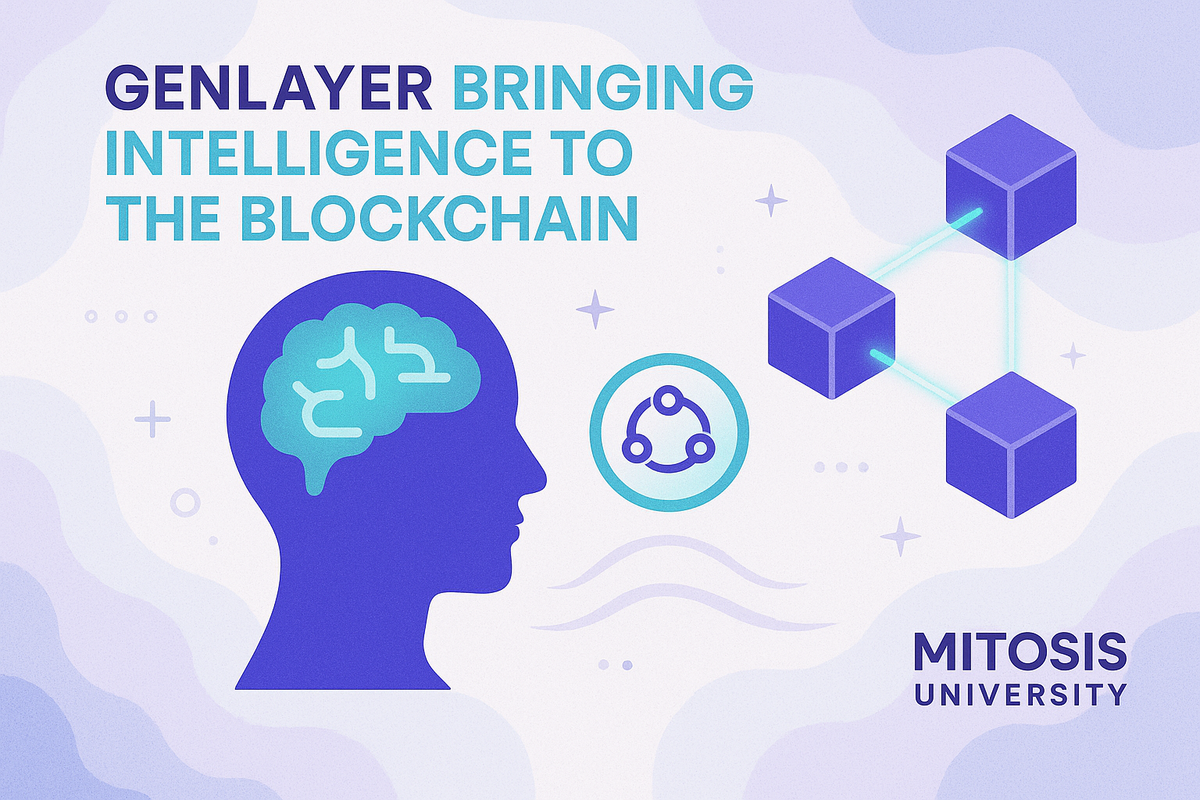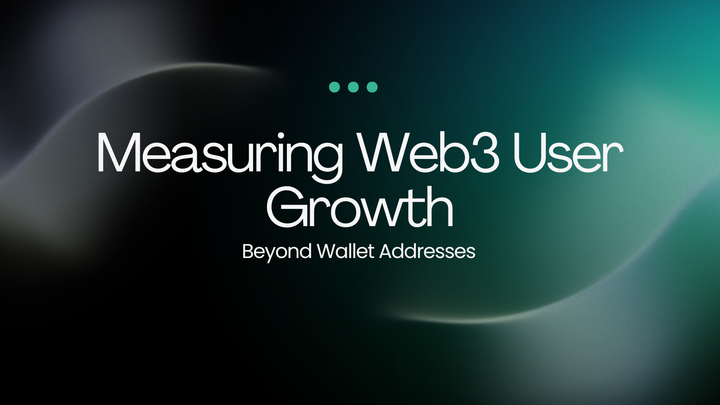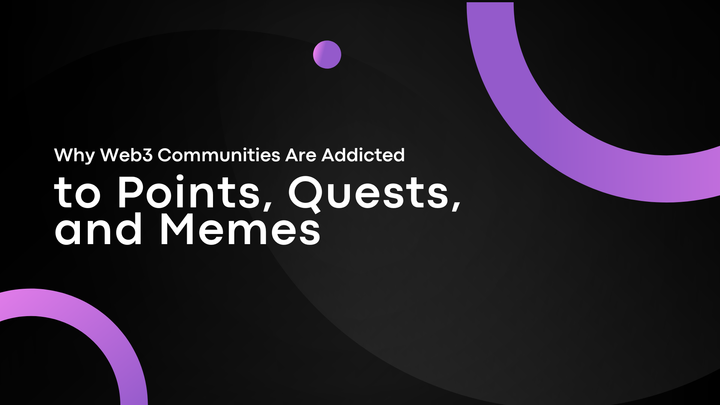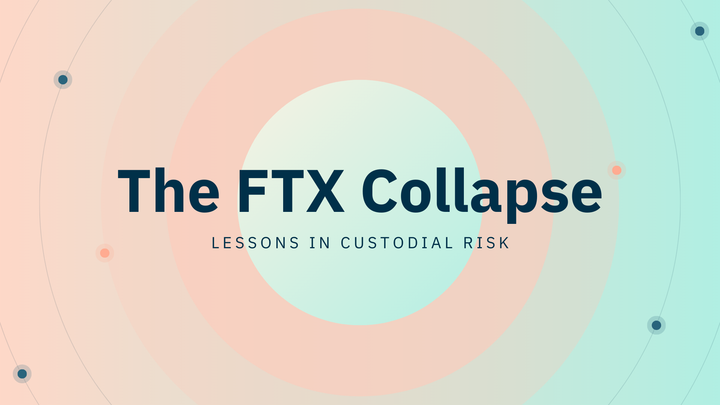GenLayer Bringing Intelligence to the Blockchain

What if smart contracts could think, adapt, and reason—just like humans? Imagine a blockchain where smart contracts don’t just follow rigid rules, but can interpret language, fetch live data, and make informed decisions. GenLayer, a revolutionary Distributed Ledger Technology, aims to do just that.
Billed as the first "Intelligent Blockchain", GenLayer introduces AI-powered smart contracts and a novel consensus model that embraces the uncertain, subjective nature of real-world data. In this article, we’ll explore how GenLayer is redefining the boundaries of blockchain with its Intelligent Contracts, Optimistic Democracy consensus, and LLM-powered infrastructure built for a new generation of decentralized applications.
1. Intelligent Contracts: Smarter Than Smart
Breaking the Limits of Deterministic Code
Traditional smart contracts are deterministic—rigid logic systems that cannot adapt to changing external conditions. GenLayer disrupts this model with Intelligent Contracts, which are capable of:
- Understanding natural language prompts
- Accessing real-time web data natively (without oracles)
- Making AI-driven decisions
- Running on a Python-based SDK, accessible to a wide pool of developers and data scientists
These capabilities allow Intelligent Contracts to act more like autonomous agents than static scripts. For instance, a contract could dynamically determine loan eligibility by pulling real-time credit data and applying contextual reasoning—something impossible on conventional blockchains.
2. Optimistic Democracy: Consensus for an Unpredictable World
A New Model for Non-Deterministic Consensus
How do you achieve consensus on a blockchain when outcomes aren’t binary or predictable? GenLayer introduces Optimistic Democracy, a consensus mechanism tailored for non-deterministic operations, particularly those involving AI and real-time data.
Here’s how it works:
- A randomly chosen Leader validator processes a transaction.
- A committee of validators re-evaluates the outcome to determine if it aligns with the Leader’s result.
- If a majority agree, the result is provisionally accepted.
- A Finality Window allows for appeals—participants can dispute outcomes by posting a bond, triggering reevaluation by a new validator set.
- Validators are connected to LLMs (like GPT or LLaMA) to handle complex, subjective decision-making.
The system draws from Condorcet's Jury Theorem and Schelling point logic, making it a form of crowd wisdom with cryptoeconomic incentives. It ensures that even AI-influenced results maintain reliability, auditability, and fairness.
3. A Developer-First, Scalable Infrastructure
GenVM and Rollups: Intelligence at Scale
To support this new class of contracts, GenLayer developed GenVM, an execution environment built solely for Intelligent Contracts. GenVM integrates directly with Large Language Models and real-time internet access, enabling:
- Seamless AI execution
- Web data fetching inside contract logic
- Python-native development environment
For scalability, GenLayer is deployed as a Layer 2 on Ethereum, utilizing rollups (e.g., zkSync, Polygon CDK) to inherit Ethereum’s security while enabling:
- Low gas fees via transaction batching
- High throughput
- Interoperability with both Ethereum-based and conventional web services
Whether you're building an AI-native prediction market or automating dispute resolution, GenLayer provides the infrastructure to do so efficiently and securely.
Conclusion
GenLayer marks a bold evolution in the blockchain space—shifting from deterministic automation to intelligent, context-aware systems. By tightly integrating AI models, real-time web access, and a flexible consensus mechanism, it introduces “Trustless Decision-Making” as a core primitive of decentralized applications.
Key Takeaways
- Intelligent Contracts combine smart contract logic with LLMs and web data access.
- Optimistic Democracy allows consensus on subjective or AI-driven outcomes.
- Developer-friendly Python SDK and Ethereum rollup architecture support real-world scalability.
What Comes Next?
GenLayer opens the door to entirely new categories of dApps: AI-driven DAOs, decentralized arbitration systems, and autonomous performance-based contracts. As the boundaries between code and cognition blur, one big question remains:



Comments ()